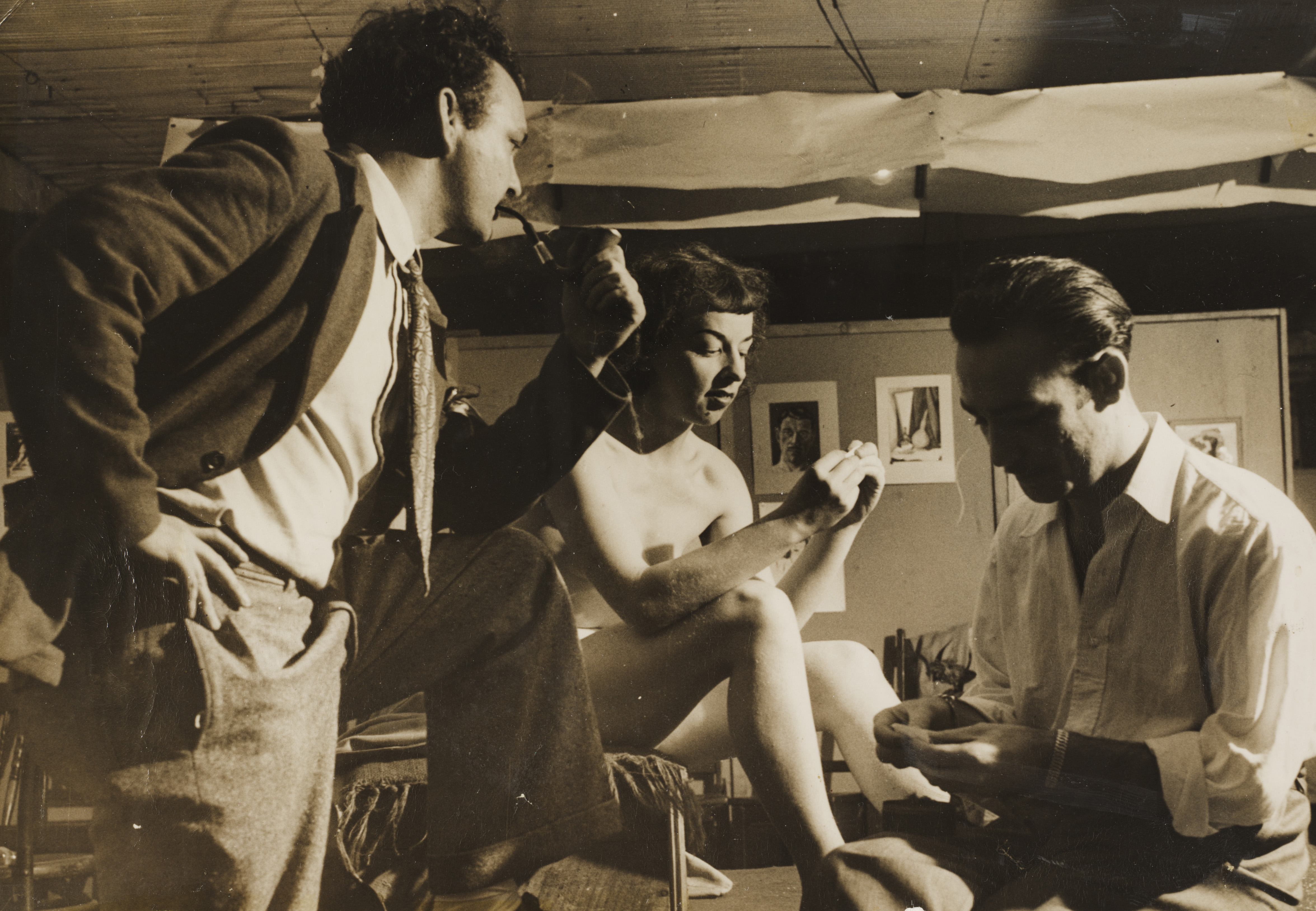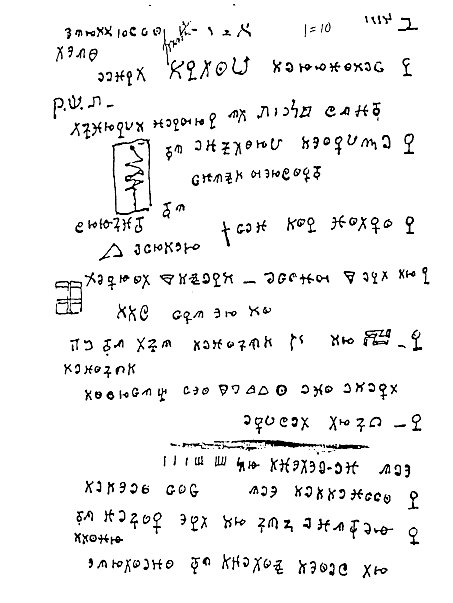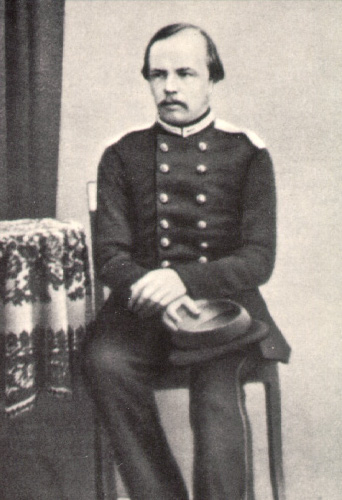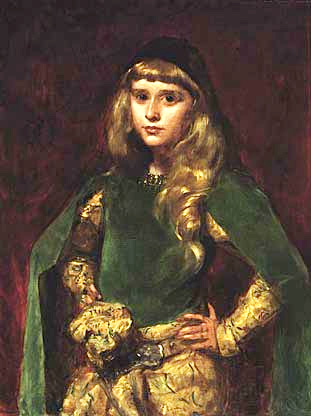|
Gavin Greenlees
Gavin Greenlees (15 April 1930 – 5 December 1983) was an Australian poet. He was born in Melbourne, Victoria, but later spent most of his time in Sydney, where he became known as a bohemian figure. Life As early as 1943, Greenlees had poems published in the periodical '' Pertinent.'' He won three successive poetry competitions sponsored by the Australian Broadcasting Corporation and his poems later were widely published, notably in the 'Australian Weekend Book'. He experimented with Surrealism and studied Freud, Lautreamont, Rimbaud and James Joyce for several years. In 1949 he began studying Jung Carl Gustav Jung ( ; ; 26 July 1875 – 6 June 1961) was a Swiss psychiatrist and psychoanalyst who founded analytical psychology. Jung's work has been influential in the fields of psychiatry, anthropology, archaeology, literature, philo ..., Dostoyevsky and Ouspensky and the works of Aleister Crowley and the Hermetic Order of the Golden Dawn. Greenlees became ... [...More Info...] [...Related Items...] OR: [Wikipedia] [Google] [Baidu] |
Melbourne
Melbourne ( ; Boonwurrung/Woiwurrung: ''Narrm'' or ''Naarm'') is the capital and most populous city of the Australian state of Victoria, and the second-most populous city in both Australia and Oceania. Its name generally refers to a metropolitan area known as Greater Melbourne, comprising an urban agglomeration of 31 local municipalities, although the name is also used specifically for the local municipality of City of Melbourne based around its central business area. The metropolis occupies much of the northern and eastern coastlines of Port Phillip Bay and spreads into the Mornington Peninsula, part of West Gippsland, as well as the hinterlands towards the Yarra Valley, the Dandenong and Macedon Ranges. It has a population over 5 million (19% of the population of Australia, as per 2021 census), mostly residing to the east side of the city centre, and its inhabitants are commonly referred to as "Melburnians". The area of Melbourne has been home to Aboriginal ... [...More Info...] [...Related Items...] OR: [Wikipedia] [Google] [Baidu] |
Ouspensky
Pyotr Demianovich Ouspenskii (known in English as Peter D. Ouspensky; rus, Пётр Демья́нович Успе́нский, Pyotr Demyánovich Uspénskiy; 5 March 1878 – 2 October 1947) was a Russian esotericist known for his expositions of the early work of the Greek-Armenian teacher of esoteric doctrine George Gurdjieff. He met Gurdjieff in Moscow in 1915, and was associated with the ideas and practices originating with Gurdjieff from then on. He taught ideas and methods based in the Gurdjieff system for 25 years in England and the United States, although he separated from Gurdjieff personally in 1924, for reasons that are explained in the last chapter of his book ''In Search of the Miraculous''. Ouspensky studied the Gurdjieff system directly under Gurdjieff's own supervision for a period of ten years, from 1915 to 1924. ''In Search of the Miraculous'' recounts what he learned from Gurdjieff during those years. While lecturing in London in 1924, he announced that he wou ... [...More Info...] [...Related Items...] OR: [Wikipedia] [Google] [Baidu] |
1983 Deaths
The year 1983 saw both the official beginning of the Internet and the first mobile cellular telephone call. Events January * January 1 – The migration of the ARPANET to TCP/IP is officially completed (this is considered to be the beginning of the true Internet). * January 24 – Twenty-five members of the Red Brigades are sentenced to life imprisonment for the 1978 murder of Italian politician Aldo Moro. * January 25 ** High-ranking Nazi war criminal Klaus Barbie is arrested in Bolivia. ** IRAS is launched from Vandenberg AFB, to conduct the world's first all-sky infrared survey from space. February * February 2 – Giovanni Vigliotto goes on trial on charges of polygamy involving 105 women. * February 3 – Prime Minister of Australia Malcolm Fraser is granted a double dissolution of both houses of parliament, for elections on March 5, 1983. As Fraser is being granted the dissolution, Bill Hayden resigns as leader of the Australian Labor Party, and in the subsequ ... [...More Info...] [...Related Items...] OR: [Wikipedia] [Google] [Baidu] |
1930 Births
Year 193 ( CXCIII) was a common year starting on Monday (link will display the full calendar) of the Julian calendar. At the time, it was known as the Year of the Consulship of Sosius and Ericius (or, less frequently, year 946 '' Ab urbe condita''). The denomination 193 for this year has been used since the early medieval period, when the Anno Domini calendar era became the prevalent method in Europe for naming years. Events By place Roman Empire * January 1 – Year of the Five Emperors: The Roman Senate chooses Publius Helvius Pertinax, against his will, to succeed the late Commodus as Emperor. Pertinax is forced to reorganize the handling of finances, which were wrecked under Commodus, to reestablish discipline in the Roman army, and to suspend the food programs established by Trajan, provoking the ire of the Praetorian Guard. * March 28 – Pertinax is assassinated by members of the Praetorian Guard, who storm the imperial palace. The Empire is auctioned o ... [...More Info...] [...Related Items...] OR: [Wikipedia] [Google] [Baidu] |
Amphetamines
Substituted amphetamines are a class of compounds based upon the amphetamine structure; it includes all derivative compounds which are formed by replacing, or substituting, one or more hydrogen atoms in the amphetamine core structure with substituents. The compounds in this class span a variety of pharmacological subclasses, including stimulants, empathogens, and hallucinogens, among others. Examples of substituted amphetamines are amphetamine (itself), methamphetamine, ephedrine, cathinone, phentermine, mephentermine, bupropion, methoxyphenamine, selegiline, amfepramone (diethylpropion), pyrovalerone, MDMA (ecstasy), and DOM (STP). Some of amphetamine's substituted derivatives occur in nature, for example in the leaves of ''Ephedra'' and khat plants. Amphetamine was first produced at the end of the 19th century. By the 1930s, amphetamine and some of its derivative compounds found use as decongestants in the symptomatic treatment of colds and also occasionally as psychoacti ... [...More Info...] [...Related Items...] OR: [Wikipedia] [Google] [Baidu] |
Rosaleen Norton
Rosaleen Miriam Norton (2 October 1917 – 5 December 1979), who used the name of Thorn, was a New Zealand-born Australian artist and occultist, in the latter capacity adhering to a form of pantheistic / Neopagan Witchcraft largely devoted to the mythological Greek god Pan. She lived much of her later life in the bohemian area of Kings Cross, Sydney, leading her to be termed the "Witch of Kings Cross" in some of the tabloids, Drury 2009. p. 07. and from where she led her own coven of Witches. Her paintings, which have been compared to those of British occult artist Austin Osman Spare, often depicted images of supernatural entities such as pagan gods and demons, sometimes involved in sexual acts. These caused particular controversy in Australia during the 1940s and '50s, when the country "was both socially and politically conservative" with Christianity as the dominant faith and at a time when the government "promoted a harsh stance on censorship." For this reason the authoriti ... [...More Info...] [...Related Items...] OR: [Wikipedia] [Google] [Baidu] |
Hermetic Order Of The Golden Dawn
The Hermetic Order of the Golden Dawn ( la, Ordo Hermeticus Aurorae Aureae), more commonly the Golden Dawn (), was a secret society devoted to the study and practice of occult Hermeticism and metaphysics during the late 19th and early 20th centuries. Known as a magical order, the Hermetic Order of the Golden Dawn was active in Great Britain and focused its practices on theurgy and spiritual development. Many present-day concepts of ritual and magic that are at the centre of contemporary traditions, such as Wicca and Thelema, were inspired by the Golden Dawn, which became one of the largest single influences on 20th-century Western occultism. The three founders, William Robert Woodman, William Wynn Westcott and Samuel Liddell Mathers, were Freemasons. Westcott appears to have been the initial driving force behind the establishment of the Golden Dawn. The Golden Dawn system was based on hierarchy and initiation, similar to Masonic lodges; however, women were admitted on an equ ... [...More Info...] [...Related Items...] OR: [Wikipedia] [Google] [Baidu] |
Aleister Crowley
Aleister Crowley (; born Edward Alexander Crowley; 12 October 1875 – 1 December 1947) was an English occultist, ceremonial magician, poet, painter, novelist, and mountaineer. He founded the religion of Thelema, identifying himself as the prophet entrusted with guiding humanity into the Æon of Horus in the early 20th century. A prolific writer, he published widely over the course of his life. Born to a wealthy family in Royal Leamington Spa, Warwickshire, Crowley rejected his parents' fundamentalist Christian Plymouth Brethren faith to pursue an interest in Western esotericism. He was educated at Trinity College at the University of Cambridge, where he focused his attentions on mountaineering and poetry, resulting in several publications. Some biographers allege that here he was recruited into a British intelligence agency, further suggesting that he remained a spy throughout his life. In 1898, he joined the esoteric Hermetic Order of the Golden Dawn, where he was trained i ... [...More Info...] [...Related Items...] OR: [Wikipedia] [Google] [Baidu] |
Dostoyevsky
Fyodor Mikhailovich Dostoevsky (, ; rus, Фёдор Михайлович Достоевский, Fyódor Mikháylovich Dostoyévskiy, p=ˈfʲɵdər mʲɪˈxajləvʲɪdʑ dəstɐˈjefskʲɪj, a=ru-Dostoevsky.ogg, links=yes; 11 November 18219 February 1881), sometimes transliterated as Dostoyevsky, was a Russian novelist, short story writer, essayist and journalist. Dostoevsky's literary works explore the human condition in the troubled political, social, and spiritual atmospheres of 19th-century Russia, and engage with a variety of philosophical and religious themes. His most acclaimed novels include ''Crime and Punishment'' (1866), ''The Idiot'' (1869), ''Demons'' (1872), and ''The Brothers Karamazov'' (1880). His 1864 novella, ''Notes from Underground'', is considered to be one of the first works of existentialist literature. Numerous literary critics regard him as one of the greatest novelists in all of world literature, as many of his works are considered highly influent ... [...More Info...] [...Related Items...] OR: [Wikipedia] [Google] [Baidu] |
Bohemian Style
The Bohemian style focuses on color, life, and culture as its main aspects, seeking to replicate the romani nomadic lifestyle. The word Bohemian comes from the French word "bohémien",meaning romani. A person living a "bohemian lifestyle" is typically a writer or an artist, living an unconventional lifestyle, often living in a colony with others. The Bohemian clothing style seeks to reflect the unconventional or "bohemian" lifestyle, evolving over the years. Reflecting on the fashion style of "Boho -chic" in the early years of the 21st century, ''The Sunday Times'' found it ironic that fashionable girls "wore ruffled floral skirts in the hopes of looking Bohemian, nomadic, spirited and non-bourgeois", whereas "gypsy girls themselves are sexy and delightful precisely because they do not give a hoot for fashion". On the other hand, elements of bohemian dress in the late 19th and early 20th centuries represented the way of life. Today's bohemian fashion includes flowing textiles a ... [...More Info...] [...Related Items...] OR: [Wikipedia] [Google] [Baidu] |
Jung
Carl Gustav Jung ( ; ; 26 July 1875 – 6 June 1961) was a Swiss psychiatrist and psychoanalyst who founded analytical psychology. Jung's work has been influential in the fields of psychiatry, anthropology, archaeology, literature, philosophy, psychology, and religious studies. Jung worked as a research scientist at the Burghölzli psychiatric hospital, in Zurich, under Eugen Bleuler. During this time, he came to the attention of Sigmund Freud, the founder of psychoanalysis. The two men conducted a lengthy correspondence and collaborated, for a while, on a joint vision of human psychology. Freud saw the younger Jung as the heir he had been seeking to take forward his "new science" of psychoanalysis and to this end secured his appointment as president of his newly founded International Psychoanalytical Association. Jung's research and personal vision, however, made it difficult for him to follow his older colleague's doctrine and they parted ways. This division was person ... [...More Info...] [...Related Items...] OR: [Wikipedia] [Google] [Baidu] |









